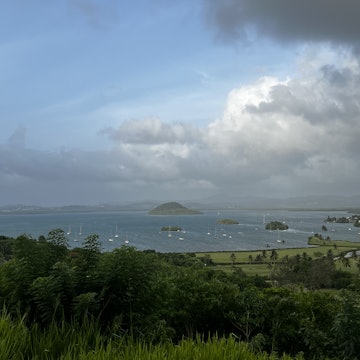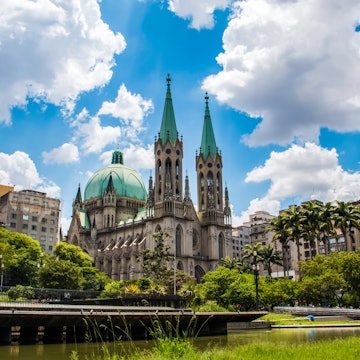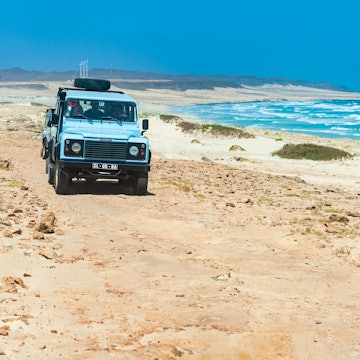

Tarrafal beach on the island of Santiago, Cabo Verde. Samuel Borges Photography/Shutterstock
An archipelago of ten islands off the coast of Senegal, the former Portuguese colony of Cabo Verde is an intriguing country that packs in an incredible amount of diversity. No two islands are the same, each offering wildly different experiences and vibes. Most head to this corner of the Atlantic for winter beach days, but there’s so much more to Cabo Verde, from desert stargazing to volcano climbing, raucous hybrid culture to serene hiking. Here we answer some of the key questions visitors have to help them plan their time and budget as they set out to discover Cabo Verde for themselves.
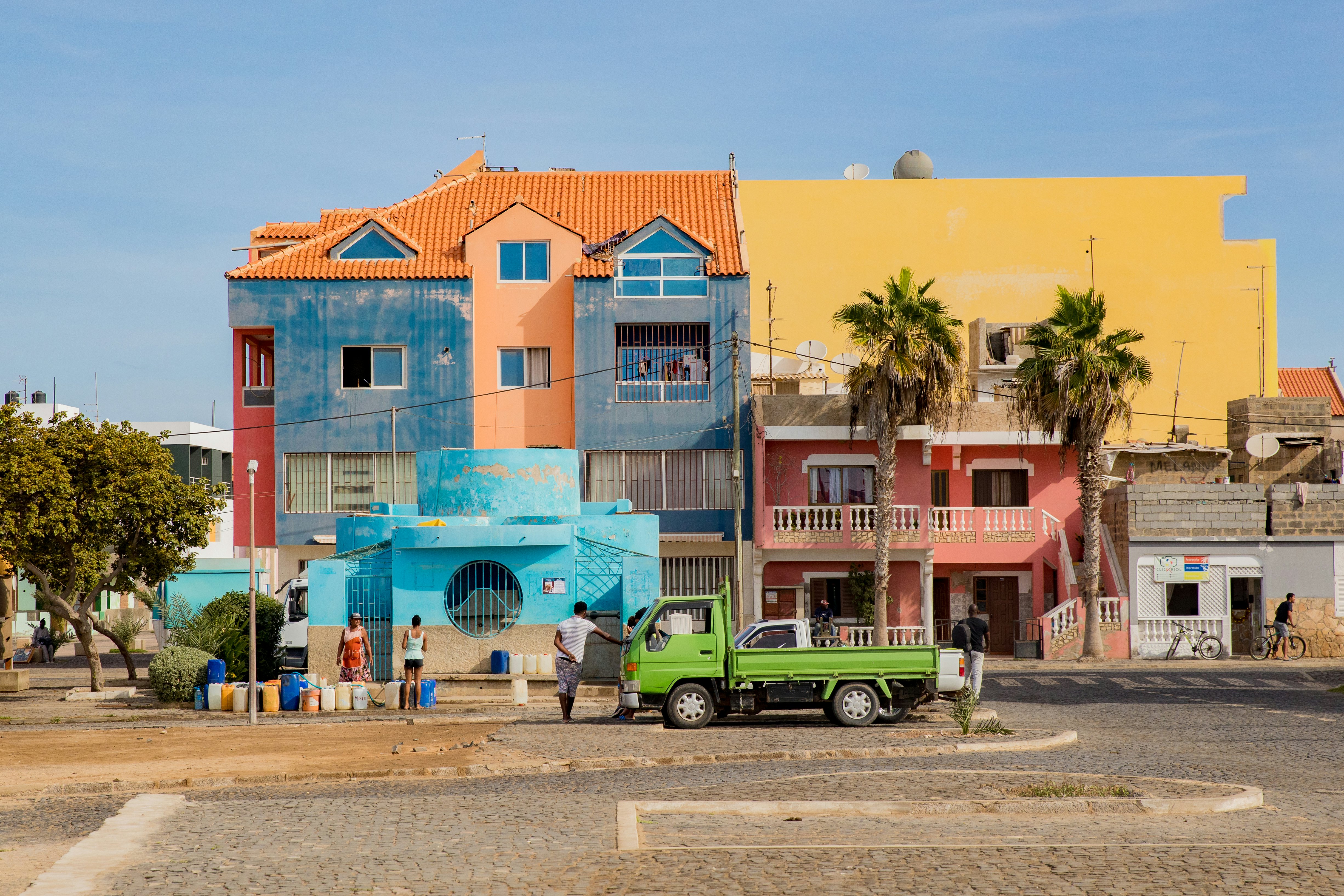
When should I go to Cabo Verde?
For Europeans, Cabo Verde is most popular as a winter sun destination with daytime January temperatures around 25°C (77°F). The hottest months are August and September when there are highs of over 30°C (86°F). If the sea breeze drops at this time, conditions can be sweltering. However, the reason many come to Boa Vista in the hotter months is to witness the nighttime spectacle of turtles laying their eggs on the beaches.
After Rio and Funchal, Mindelo has arguably the Atlantic’s best carnival, with a raunchy, Brazilian samba procession winding through the city’s streets (late January/early February). It’s a great time to be in town.
How much time should I spend in Cabo Verde?
How much time you spend in Cabo Verde really depends on how you want to approach your stay in the archipelago. If you are looking to take in three or four islands, give yourself at least three weeks and plenty of leeway to allow for canceled flights and ferries. If all you want is a beach holiday with a few excursions, then a week or 10 days will suffice. It takes around a week to see everything on all the islands – that equates to almost two months to visit the whole country.
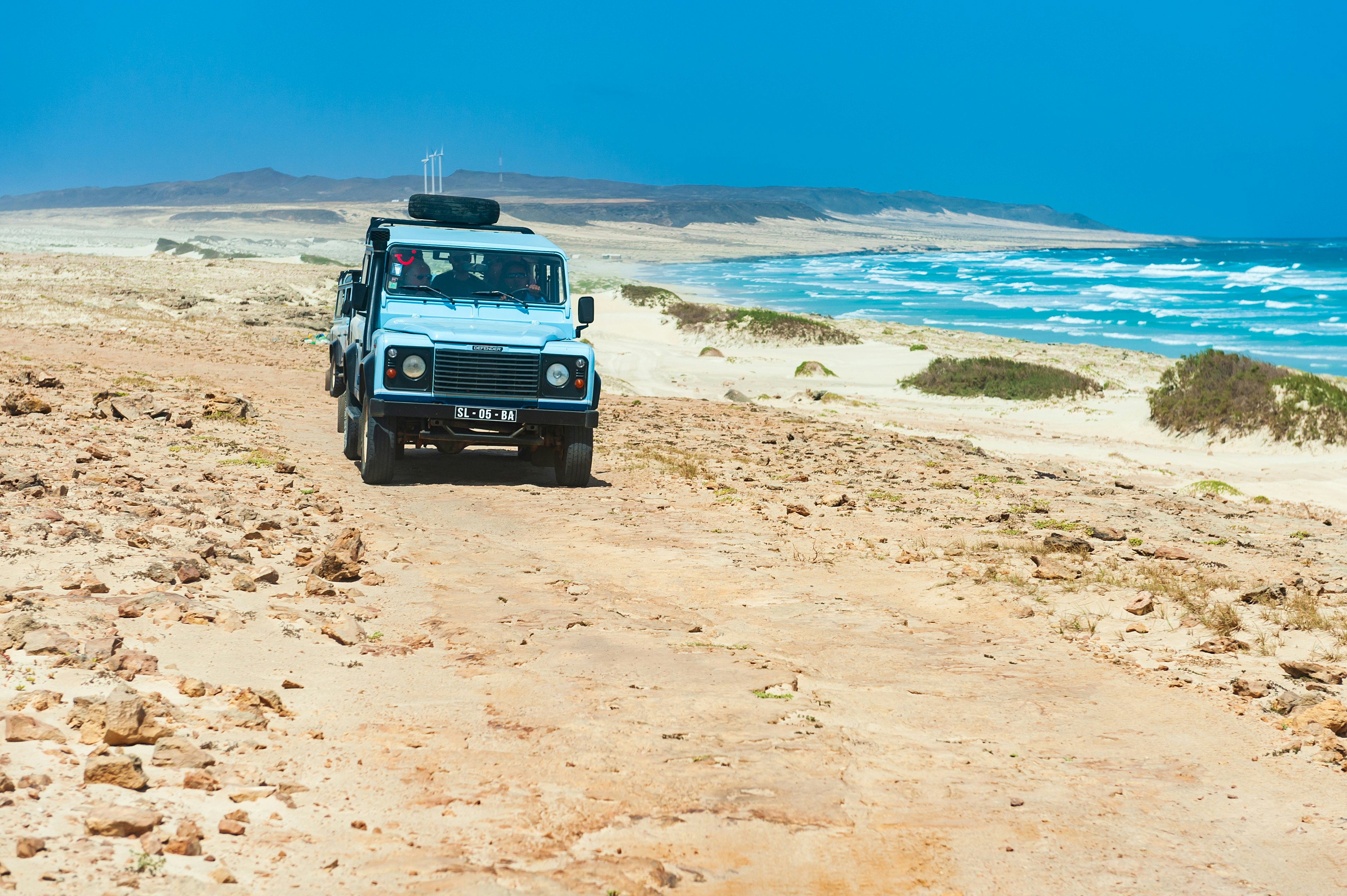
Is it easy to get around Cabo Verde?
The simple answer to this question is no! Locals will gaze in horror at your two-week, six-island itinerary involving midnight ferries and dogleg flight connections via Praia. Simply put, interisland connections are woeful, with ferries canceled or delayed by days more often than not, and flights between islands a jolly game of chance.
That said, there are exceptions: for instance, the ferry between Mindelo on São Vicente and Porto Novo on Santo Antão is pretty reliable, and flights linking Mindelo and the capital Praia usually take off sooner or later.
On the individual islands themselves, taxis and shared taxis called aluguers are the most common modes of transport. Hiring a car is also worthwhile on Santiago and possibly Santo Antão, but nowhere else. To see out-of-the-way attractions, you are going to need the services of a guide with a 4WD, usually a tough old Toyota Hilux.
Top things to do in Cabo Verde
Away from the beach on Sal, the top activity is definitely bobbing around in the high-saline pools of Pedra do Lume, while surfing the high-stacked dunes of the Viana Desert in a Toyota Hilux is a memorable day out on Boa Vista. The beautiful Tarrafal beach is the best place to visit on Santiago, while climbing the Pico do Fogo, a grumbling volcano, is an unmissable experience on the island of Fogo. The CNAD – National Centre for Arts, Craft and Design, is Mindelo's top attraction, after which you can hop across to Santo Antão to hike the verdantly dramatic Paúl Valley.
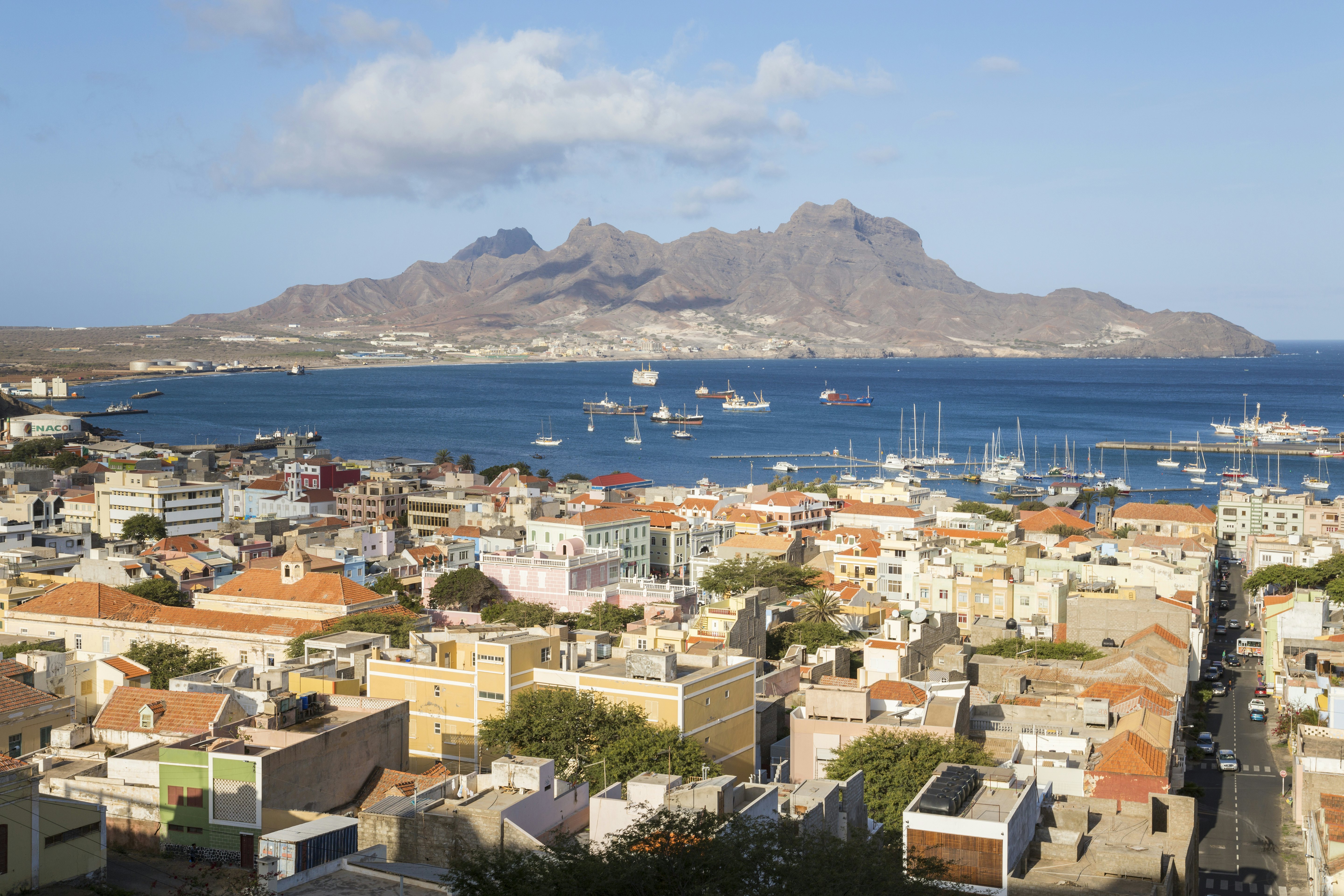
My favorite thing to do in Cabo Verde
If you ain’t seen Mindelo, you ain’t seen Cabo Verde, as the locals will tell you. This most cultured and lively of Cabo Verdean cities is by far my favorite place in the archipelago. Mindelo is a buzzing, almost European, city that hugs a tight curve of seafront promenade, beyond which rise jagged mountains straight out of the Atlantic. You can spend all day dipping in and out of various cultural institutions and snacking in the archipelago’s best cafes on cachupa (beans and corn mixed with fish or meat) and Portuguese desserts. Come balmy evening, there’s fresh seafood to feast on, almost always with a side dish of local live music.
What currencies are used in Cabo Verde?
In Sal, and to a lesser extent Boa Vista, you can get by using only euros and card payments. Almost everywhere else you’ll be paying with the Cabo Verdean escudo (CVE) or by card. Be aware that in Praia, and sometimes Mindelo, there can be lines at ATMs as locals tend to draw out their wages in cash at the beginning of the month. ATMs also often run out of money, especially in Santa Maria and Mindelo. Surprisingly for a country with a huge US diaspora, US dollars normally draw a grimace from vendors.

How much money do I need for Cabo Verde?
The amount of euros or CVE you part with depends heavily on which island(s) you visit. By far the most expensive place is Santa Maria, with European price tags on everything. Boa Vista is not far behind. Despite being the two largest cities, Praia and Mindelo are surprisingly good value for your money, and rural Santiago and Santo Antão are cheap for foreigners. Eating out in the cities is as cheap or pricey as you want to make it, but out in the sticks things tend to be budget friendly.
If you plan some interisland adventure, flights are affordable by European standards and fares include baggage fees, but ferries are even cheaper. The most wallet-friendly way of getting around the islands is by shared taxi, which costs CVE100–500 a ride.
Basic room for two: from CVE2500
Self-catering apartment (including Airbnb): from CVE5000
Guide per hour: CVE1000
Local espresso: CVE70
Plate of cachupa: CVE300
Dinner for two: CVE3000
Local beer at a bar: CVE300
What should I pack specifically for Cabo Verde?
If you are heading to Sal’s Santa Maria, don’t forget mosquito spray and possibly even a net to sleep under. Sturdy footwear is also a must, whether you are planning a one-day trip on Sal or a full-day hike on Fogo. In the winter months, evening temperatures can dip below 20°C (68°F), so a sweater or hoodie is always a good idea.
Which is the best combination of islands to visit?
There are two options here. Santiago is well linked with Fogo and the Fogo–Brava ferry is fairly reliable. However, the links between São Vicente and Santo Antão are rock solid, making those two islands the best combination. Somewhat surprisingly, the two most popular islands, Sal and Boa Vista, are only connected by flights in summer and by a very unreliable ferry.
Do Cabo Verdeans speak English?
In Sal (and to a lesser extent Boa Vista) you’ll have no problem communicating in English. On other islands you may need to brush up on French or learn a bit of Portuguese, which most Cabo Verdeans can speak. The local language is Cabo Verdean Creole, which, although based on Portuguese, sounds very different.






